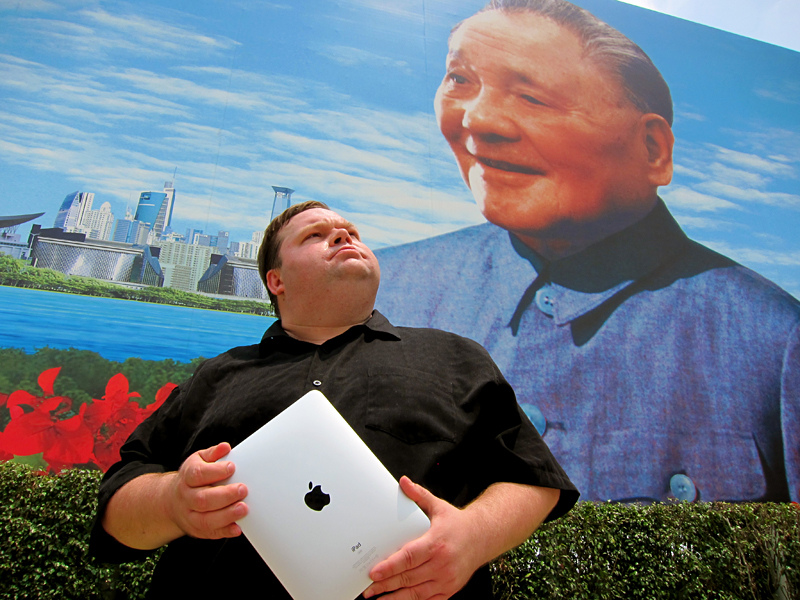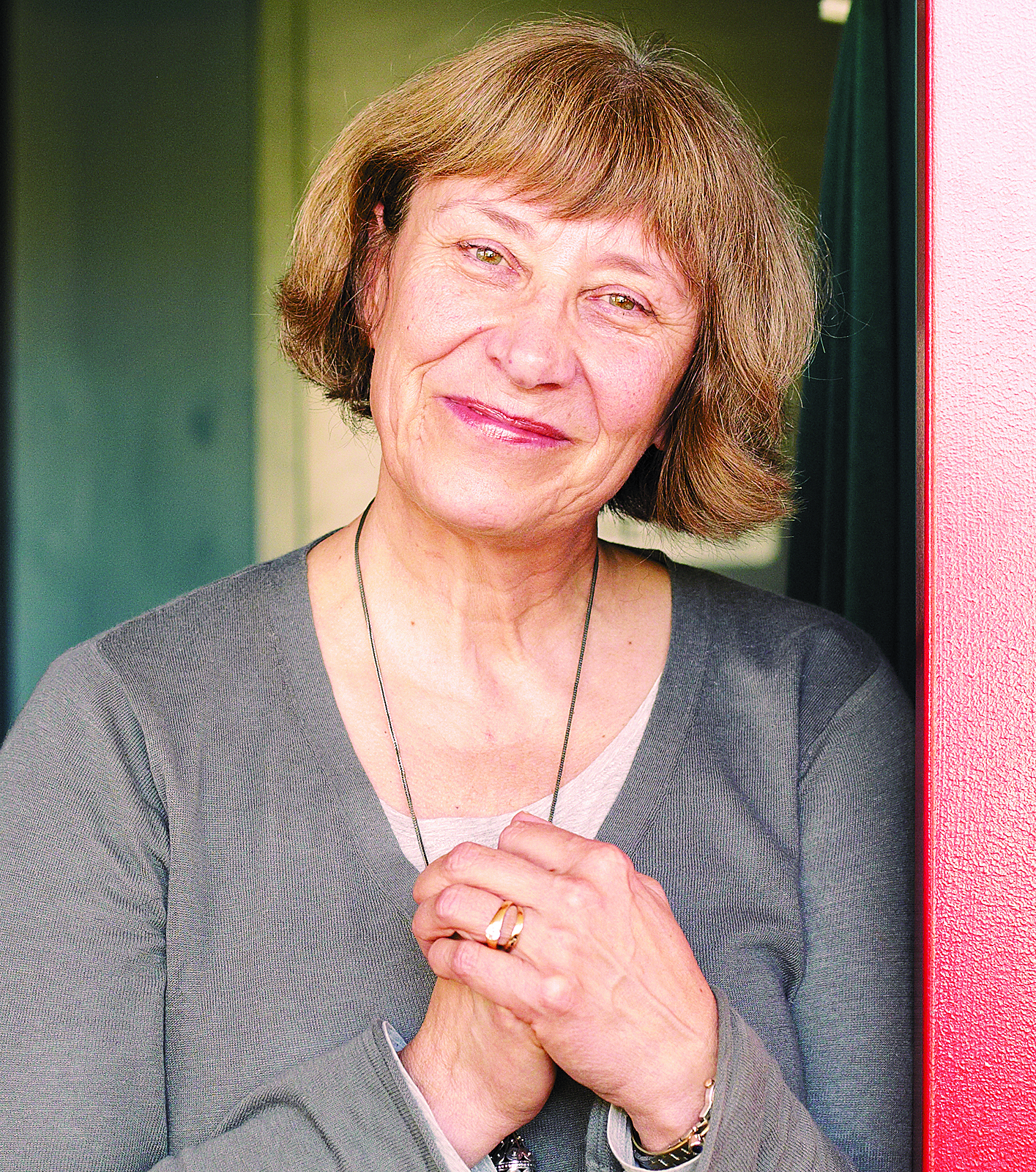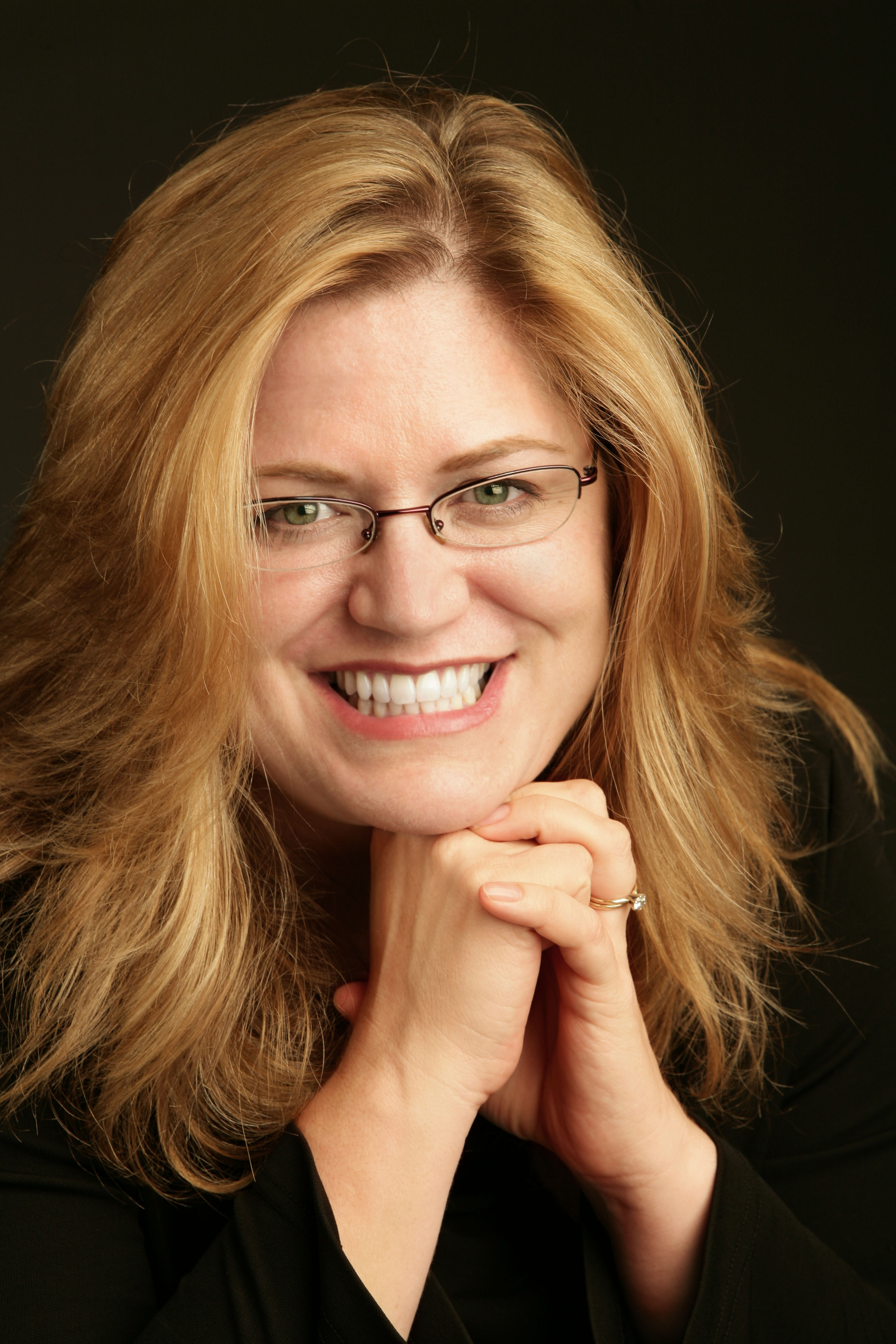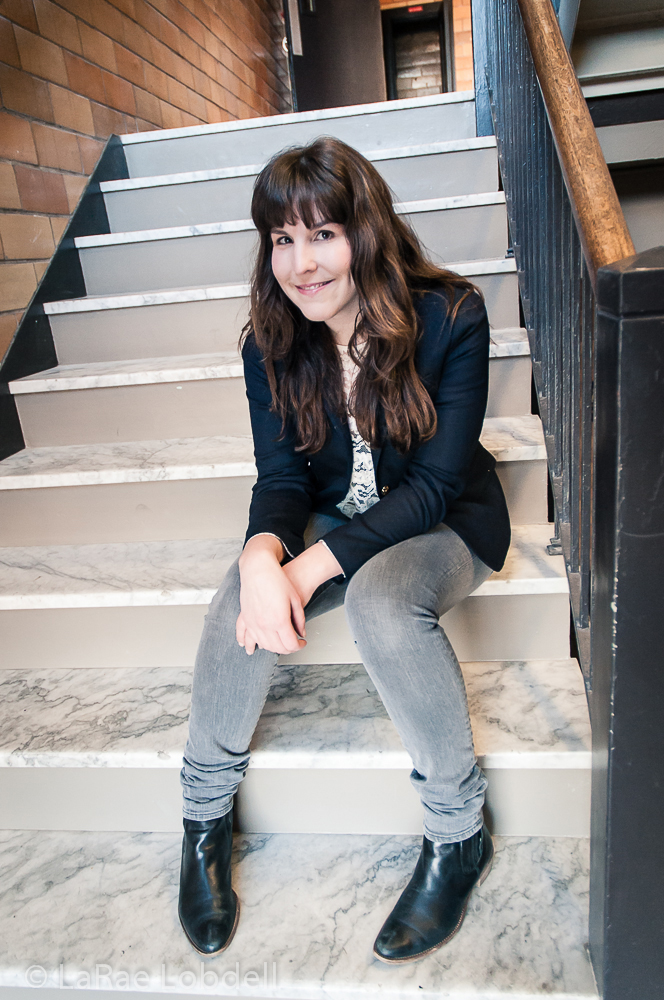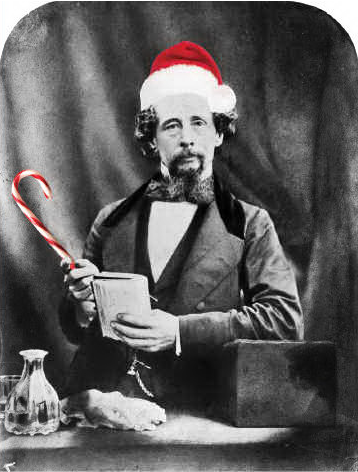UPDATE: This American Life recently retracted an episode adapted from Daisey’s play after discovering that he’d lied during the fact-checking process.
When Mike Daisey was living in Seattle in the late ’90s, like all the fringe performers I knew, he auditioned for plays, was a member of a sketch-comedy troupe (Up in Your Grill), and was working on a couple of solo shows, including his first two, Wasting Your Breath and I Miss the Cold War. But one thing distinguished him: He planned. More than that, he always had a plan behind whatever his current plan was. I remember talking with him in 2001 just after his breakout hit 21 Dog Years: Doing Time at Amazon.com, which opened the week that then-troubled Amazon announced a deep series of layoffs. As a result, everyone from the BBC to The Wall Street Journal wanted to talk to Mike, a fantastic bit of luck for a show running in the back of a coffee shop (the Speakeasy). But while a lot of people get lucky breaks, Mike knew what to do with his. Within the year he’d landed both a book deal and an off-Broadway run for Dog Years.
Now, more than a decade later, Daisey has hit zeitgeist gold again with his new stage monologue, The Agony and the Ecstasy of Steve Jobs, which has led to interviews with everyone from PBS to The New York Times. Like the Amazon show, it features Daisey squaring off against a CEO who’s also a media darling, and he again takes a stand for the individual against the corporation. Only where Dog Years chronicled his own bizarre adventures in the giddy corridors of the dot-com explosion, The Agony now focuses on the distant Chinese employees who make iPhones, iPads, and all the other beautifully designed objects of tech-consumer desire. And as Daisey recently explained by phone from Washington, D.C. (the second stop on his national tour), the absurd boredom of his life at Amazon was paradise compared to the lives of the factory workers in Shenzhen, China, who assemble Apple’s technological marvels.
A lifelong tech geek who confesses to routinely “field-stripping” his Macbook Pro to relax, Daisey became obsessed with a series of photos he discovered on the Web. Inadvertently left in a purchased iPhone’s memory, they showed the Shenzhen faces behind the device. Daisey admits to surprise that “people make these things. I know that sounds ridiculous, but it’s easy to become disconnected from this.” When he read news reports about a series of nine suicides in three months at the Shenzhen Foxconn factory, he knew there was a monologue to be made. So in 2009, Daisey and his wife—Jean-Michele Gregory, Agony‘s director—visited China for a month of intense citizen journalism.
Using a series of fake business cards portraying him as an American businessman, he toured several Shenzhen factories and interviewed workers, some as young as 12 and 13. “I was really naive about how tech journalism works,” Daisey recalls. “I expected when I got to Shenzhen that there would be reporters on the ground, people that I could trade information with, and there was no one covering the story at all. There never was. The story of the suicides alone has been yanked out of the context of the work conditions that created it.”
Already acclaimed at the Berkeley Repertory Theatre and in D.C., The Agony combines Daisey’s muckraking with an admitted love of gadgets and technology. “And I think that’s true of a lot of people,” he says. “It’s an inherently false dichotomy that things are human or technological. Technology is not only inherently human, it’s our finest achievement. From the stone ax and fire to skyscrapers and silicon [chips], each of these steps is the human will forging itself on the material world to create our devices. You can see the human hand in technology. Design is what it means to be human. We take a huge amount of pleasure in devices, in using them as tools.”
For Daisey and many other tech aficionados, Apple is the clear leader in modern tool design, with Jobs its Aesthete-in-Chief. “There’s only one company with a point of view,” he declares, “and that’s Apple. Every time they come out with something new, the rest of the industry tries to copy them, usually with terrible results. ‘We could put some chrome on it! People like translucent plastic!’ Steve Jobs is the only one you can count on to be interesting.”
And from thence the Cult of Apple, its ardent fanboys, and the intense scrutiny of its secretive, autocratic co-founder. “It’s very difficult to distinguish between Apple and Steve Jobs,” says Daisey. “They really define each other. This multinational corporation has one person acting as the conduit for almost all major decisions. That really doesn’t exist in technology outside of Apple.”
But for those who, like Daisey, admire Apple’s delivered-from-the-future design sense, perhaps it’s not such a great place to work. He explains that “Apple as it exists today is very different from the original Apple. It’s a very secretive, locked-down, controlled, Byzantine place where people are lauded and then never seen again. I don’t make this connection in the show, but there are obvious parallels to China.”
A habitual provocateur—you don’t do shows about subjects like Amazon, the sorry state of regional theater, and L. Ron Hubbard without expecting some blowback—Daisey wasn’t surprised to start receiving angry e-mails from Apple true believers after The Agony debuted. “They have an emotional connection to the company,” he says. “But what’s heartening is that the quantity of e-mail hasn’t receded, but it’s no longer so unrelentingly negative.”
And perhaps the most positive review came from Apple co-founder Steve Wozniak, who saw the show in Berkeley and was moved to tears. Afterward, he invited Daisey and Gregory out to talk about the ugly foreign labor conditions behind our beautiful gadgets.
Among the media, however, Daisey’s unsparing criticism of its often blinkered, boosterish coverage of Apple (and other tech companies) has certainly made him a few enemies. “The tech press has earned getting the shit kicked out of them. There’s a whole technology-journalism industry, from stodgy magazines like Wired to blogs with huge readerships, and it’s frankly disgusting how much it’s all suborned to corporate technology. People don’t write about technology because they love journalism. They love technology. Yes, it’s truly hard to find some of this information [about Chinese factories], but there should be a Woodward and Bernstein to this. It’s infuriating that there isn’t.”
And what of us, finally, those tech-loving theatergoers who’ll be silencing our iPhones at the Rep before Daisey’s monologue begins? Between Steve Jobs and the Shenzhen suicides, where’s our share of the blame? Daisey has already seen some squirming: “The people in the audience literally fold their arms over their chest when I get to the China scene. People know they’re responsible and that things are fucked in China. But once they’ve become willing to listen to something as harrowing as this, they’re very open to talk about all sorts of things.”
Yet I wonder: What’s Daisey’s long-term plan here? Does he really believe that he can actually change the behavior at Apple, let alone the multitude of American corporations that use Chinese factories as bad or worse than Foxconn? He replies, “If Apple can change, the tech industry will do what it always does and follow their lead. The war is with corporatism, and it’s being lost. But there are some very clear things that could be done. These organizations can be regulated, can be leashed. U.S. corporations can be told that they need to demand their subcontractors treat their workers in a humane fashion.”
It seems a tall order for a solitary man seated behind a desk on a bare stage. But I’ve seen Daisey’s plans take him farther than anyone—except perhaps him—could imagine.
